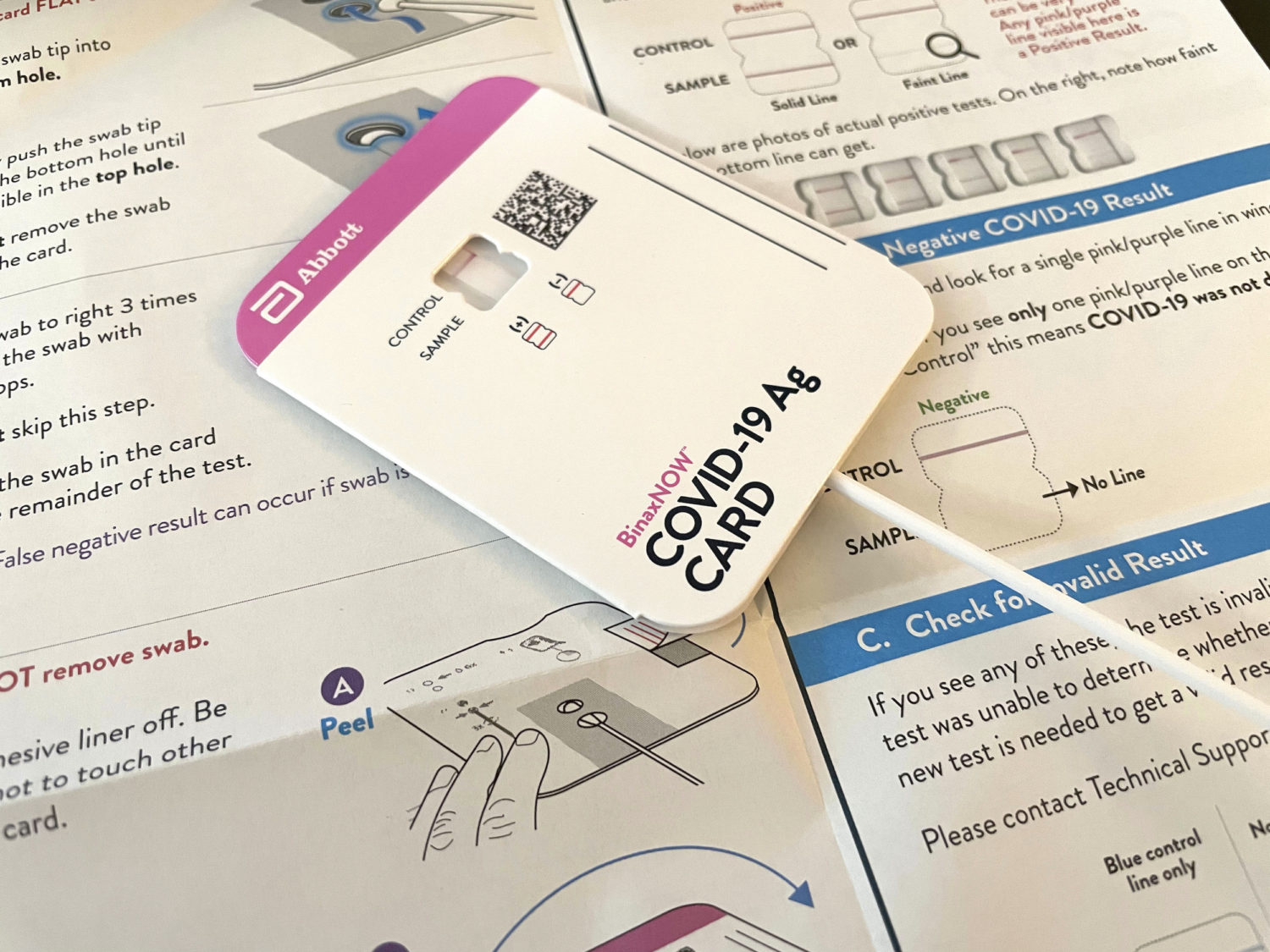In shaping my opinions about public writing, I have leaned heavily on the work of reading and writing scholar Louise Rosenblatt. Her key insight went something like this: At times the writer wants the reader to notice the crafty work of the writer; and at times that is the last thing the writer wants.
The message in a text may be so important that the writer wants the reader to see it with no distractions about how it was created. George Orwell offered this simile: “Good writing is like a window pane.” We look through a window without noticing the pane — or the pain it took the writer to achieve such clarity.
As a key example, Rosenblatt offered the text on the label of a poison bottle. If we drink from that bottle — for whatever reason — the antidote on the label may save our lives. The last thing the poisoned reader needs is a nice metaphor or a clever turn of phrase.
The writer who created that clear message on that label has earned the title of “public writer.”
It was Rosenblatt’s distinction that came to mind as I administered to my wife a COVID-19 antigen self-test “for infection detection.” Hmm. That rhyme is kind of clever, but I am more interested in the text that offered directions on how to prepare and deliver the test to my wife. She was recovering from the effects of chemotherapy from breast cancer, and she had a cold, or was it something more, such as COVID-19?
We acquired a product called BinaxNOW, produced by a company named Abbott. It was considered among the more reliable of self-tests. Early in the pandemic, we were tested twice at drive-thru clinics, where we were told what to do every step of the way. A tech shoved a swab up our nose.
This test would be different. It would take place in our kitchen. I would administer it, based on a set of directions with small illustrations. I read the directions on a four-page fold-out. I read them a second time. Then I administered the test to Karen, following the seven steps described in the brochure.
After the test showed no evidence of COVID-19, I turned my attention back to the directions. Having experienced countless poorly written and organized directions attached to a variety of products, from children’s toys to adult electronics, I was most impressed by what Abbott had created to guide me through the process.
I doubt that it would occur to many people that what they had experienced in these directions was “good writing.” But that is how I saw it, and here is what I noticed.
1. The structure of the direction sheet was coherent, that is, the big parts fit together. They proceeded, of course, in chronological order: Do this, do this, do that. Stop! Did you do that? Big parts are labeled, white type over a black band:
A. Prepare for the Test
B. Collect Nasal Sample
C. Perform the Test
It is often said that if readers can perceive the global structure of the piece early on (say, problem and solution), they are more likely to comprehend and remember.
2. Under those categories are steps to follow, a total of nine. Slowing down a complicated process, breaking it down into practical steps, is a sure path to learning.
3. The layout offers lots of white space, sending the message that the directions will be easy to follow. I argue that white space is a form of punctuation, glowing lights that reveal the parts. It also ventilates the page and releases the pressure of concentration, leading to a more inviting response from the user.
4. Words — not many — appear on the left with clear illustrations on the right. The marriage of words and images — or WED: writing, editing, and design — creates a binary structure in which two disciplines of expression — words and images — harmonize and reinforce each other.
5. Typography supports the message, from a regular typeface, a few boldfaced words, strips of white type on black background, even red type for crucial cautions.
These elements of craft should illustrate how important it is for the writer to collaborate with designers, copy editors, illustrators and others so that words will find the most effective home for delivering an important message.
As for the language itself, let’s examine a sample, the fifth step of nine:
Swab both nostrils carefully as shown.
Insert the entire soft tip of the swab in a nostril (usually 1/2 to 3/4 of an inch).
You do not need to go deeper.
Using medium pressure, rub the swab against all of the inside walls of your nostril.
Make at least 5 big circles.
Do not just spin the swab.
Each nostril must be swabbed for about 15 seconds.
Using the same swab, repeat step 5 in your other nostril.
Let’s do the math: 78 words in six short paragraphs, 53 words of one syllable. Most of the verbs are imperative, that is, they tell the reader what to do. That might create a voice that is too bossy for some, but it is the one we need at this instant. An expert teaches me how to proceed with a lot on the line.
Verbs include: swab, insert, rub, make, repeat.
I have reached out to the folks at Abbott to find out how these directions were created. By an individual writer? By a team? Scientists who write? Think of the implications of getting something wrong.
The key is that the directions are a document that was created by writers who had a specific audience and a specific mission in mind. They have achieved civic clarity in the public interest. They are public writers.
Different keyboard strokes for different folks
It would be helpful to note that Abbott does not always express itself with such clarity. Its website contains many clearly written reports in support of its products and services. But is also includes a statement near the end in smaller type labeled IMPORTANT SAFETY INFORMATION:
The BinaxNOW ™ COVID-19 Antigen Self Test is a lateral flow immunoassay intended for the qualitative detection of nucleocapsid protein antigen from SARS-CoV-2 from individuals with or without symptoms or other epidemiological reasons to suspect COVID-19 infection when tested twice over three days with at least 36 hours between tests.
This 48-word sentence, compared to the language in the test directions, lacks the feel of public writing.
It contains one word of eight syllables, three words of five syllables, and one word of four syllables.
I am clearly not the audience. It has been produced for a different language club or discourse community, the technical medical team and the legal team that builds protection for the company against legal action. Maybe we should call it “small print writing” of the kind most people ignore when they agree to the terms of a new digital service.
If certain texts require a degree of technical language, so be it, as long as the set of directions on how to take or administer a test is as clear as the one that guided me through the process.
Want to read more about public writing? Check out Roy Peter Clark’s latest book, “Tell It Like It Is: A Guide to Clear and Honest Writing,” available April 11 from Little, Brown.








Many moons ago, when I was a sailor (the kind paid by uncle sam), the feds made a heroic attempt to improve clarity in public documents. I’m not sure it worked, but at least it got us thinking about it. Fast forward to grad school in rhetoric…Louise had just left my uni but the grad students remembered well her emphasis on clarity. Her replacement on the faculty became my doctoral advisor; he too insisted on clarity. The irony, not to be catty (well, maybe a little), is that the consensus among her former students was that she herself wrote impossibly complex academic stuff. Prophets without honor… Btw, you are right on!